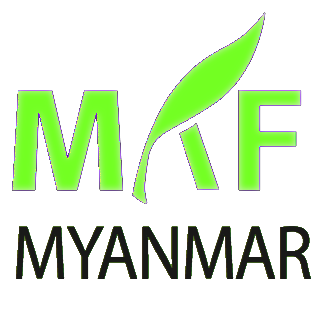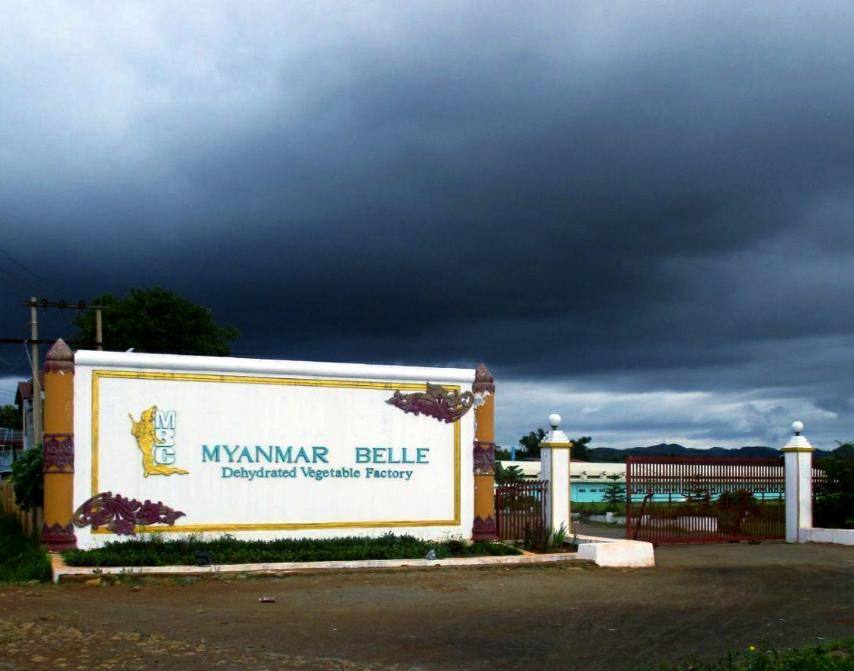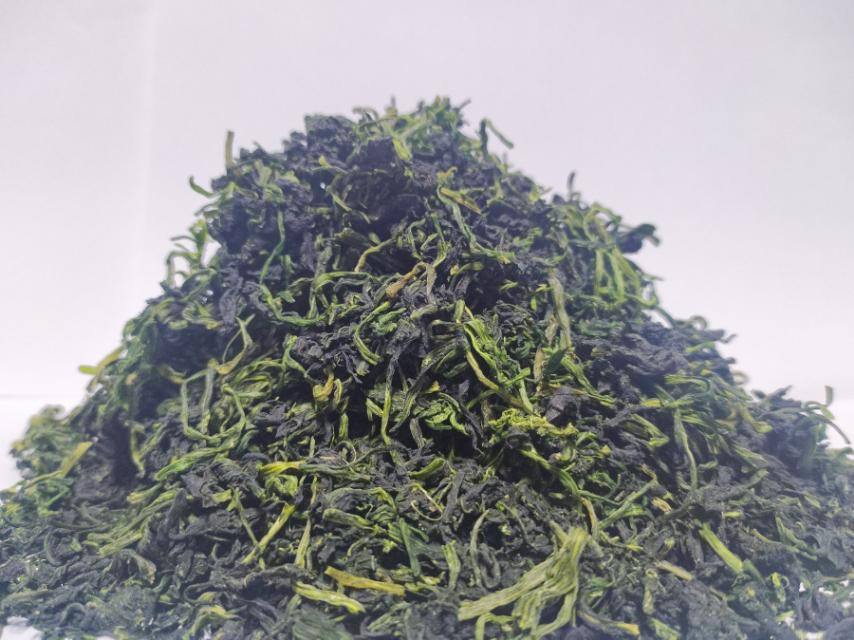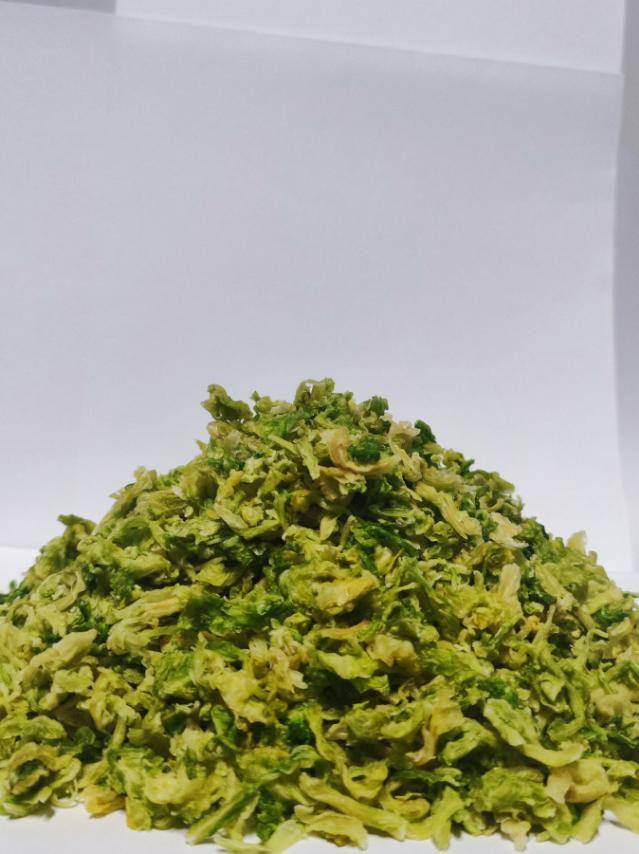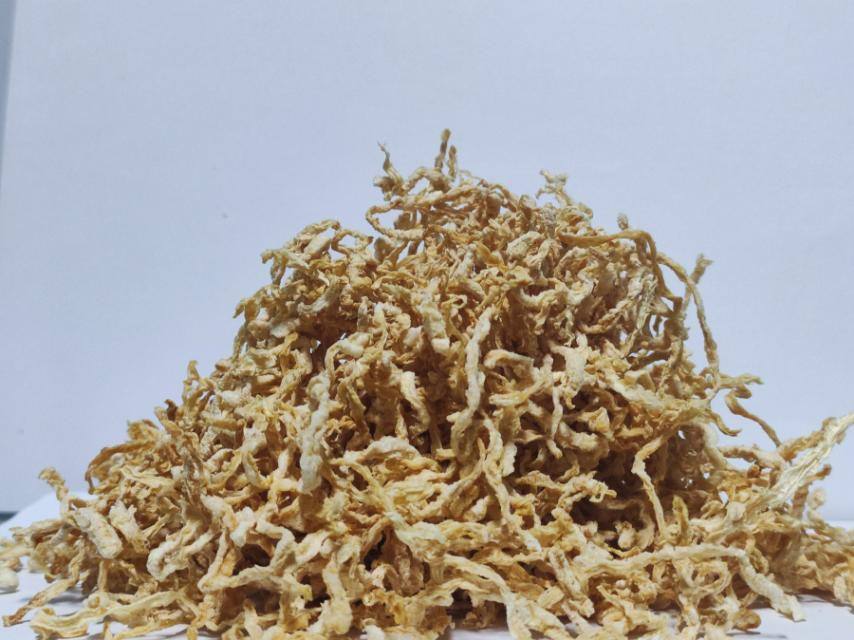The Objectives
- To increase farmers' income the whole year.
- To create sustainable agriculture business, stable market and profit for cultivated farmers.
- To create Job Opportunity for regional area.
- To support rural poverty reduction plan of government implementation.
- To increase foreign investors in the value-added area based on agricultural crops.
